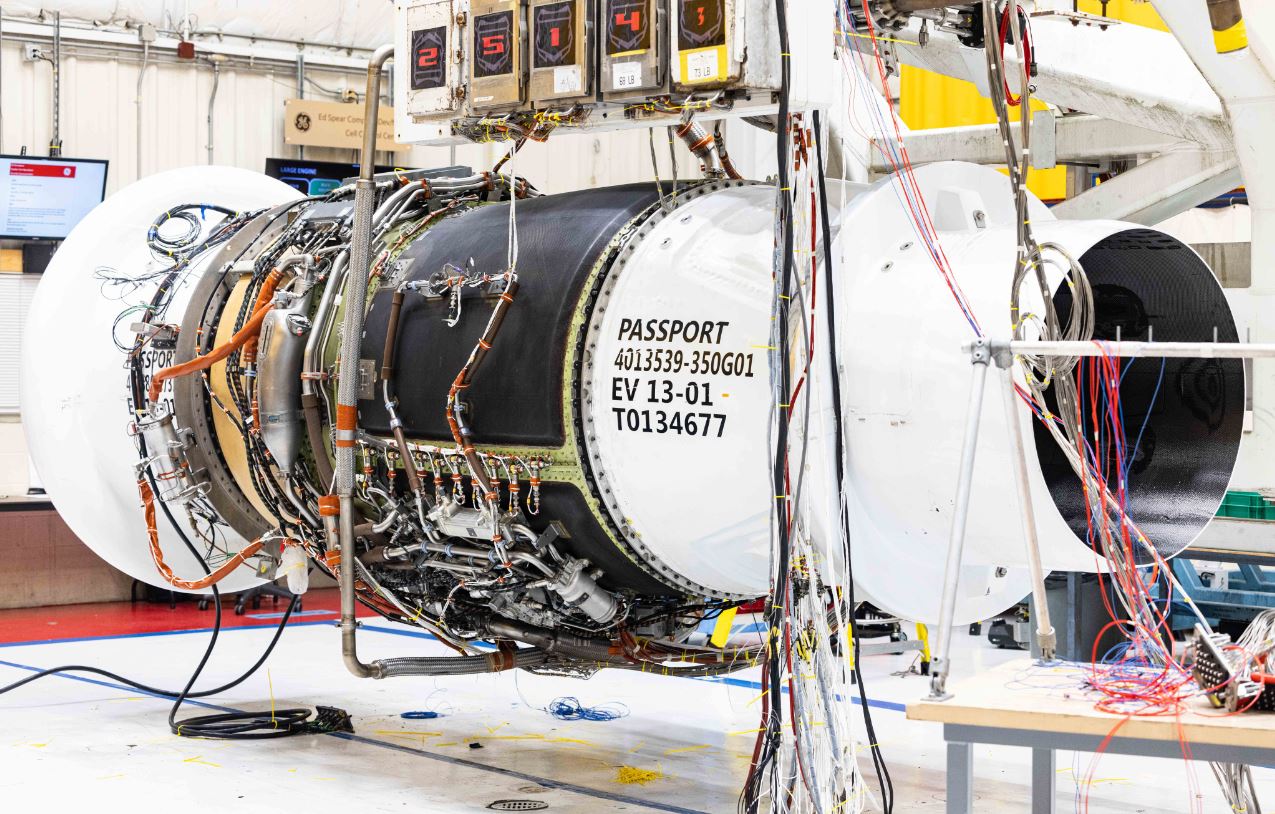NASA and GE collaborate on hybrid electric jet engine


Part of NASA's Hybrid Thermally Efficient Core (HyTEC) project, the new collaboration will see a GE Aerospace Passport engine modified with hybrid electric components. The prototype will not be reliant on energy storage. However, the partners believe the project will help advance hybrid electric aerospace technology in preparation for storage technologies maturing, ultimately helping to cut aviation emissions.
Related content
"Together with NASA, GE Aerospace is doing critical research and development that could help make hybrid electric commercial flight possible," Arjan Hegeman, general manager of future of flight technologies at GE Aerospace said in a statement.
"We're advancing state-of-the-art propulsion systems for next generation commercial aircraft with an important aim -- to drive industry efforts to improve efficiency and reduce emissions compared to today's aircraft engines." Initial component-level testing of electric motor/generators and power electronics has been completed for the HyTEC Turbofan Engine Power Extraction Demonstration. Systems testing took place at GE Aerospace's EPISCenter in Dayton, Ohio.
A baseline test of the Passport engine before hybridisation was completed at the company's Peebles Test Operation, also in Ohio. Results of the hybrid electric component and baseline engine tests are being used to evaluate and update models in preparation for a ground test. "Our collaborations with industry partners like GE Aerospace are paving the way for US leadership in hybrid electric commercial transport aircraft," said Anthony Nerone, HyTEC project manager, NASA's Glenn Research Center.
"Single-aisle aircraft are the biggest contributors to aviation carbon emissions. That's why we're focusing on key technologies that will enable next generation single-aisle aircraft with much greater efficiency and reduced emissions than the current fleet." In another NASA collaboration, GE Aerospace is developing an integrated, megawatt (MW)-class hybrid electric propulsion system as part of the Electrified Powertrain Flight Demonstration (EPFD) programme.
Plans for EPFD call for ground and flight tests of the hybrid electric system this decade, in collaboration with Boeing, using a modified Saab 340B aircraft and GE Aerospace's CT7 engines.
Visit our jobs site https://jobs.theengineer.co.uk/[1] to find out about some of the latest career opportunities at industry's biggest employers
References
- ^ https://jobs.theengineer.co.uk/ (jobs.theengineer.co.uk)